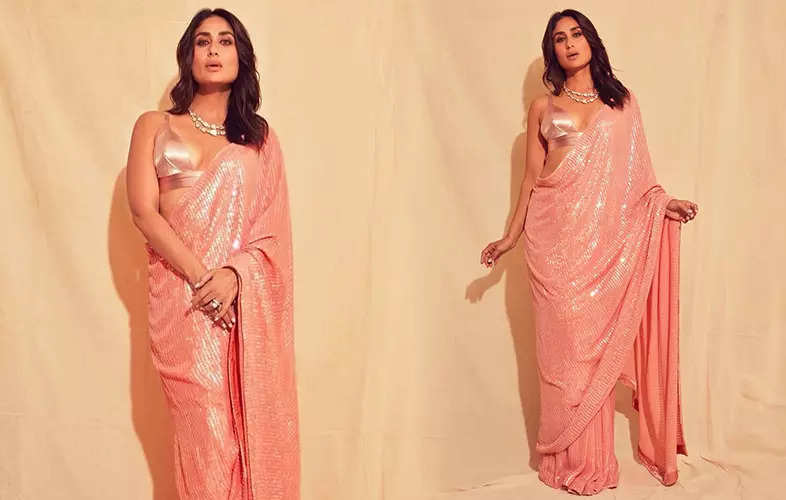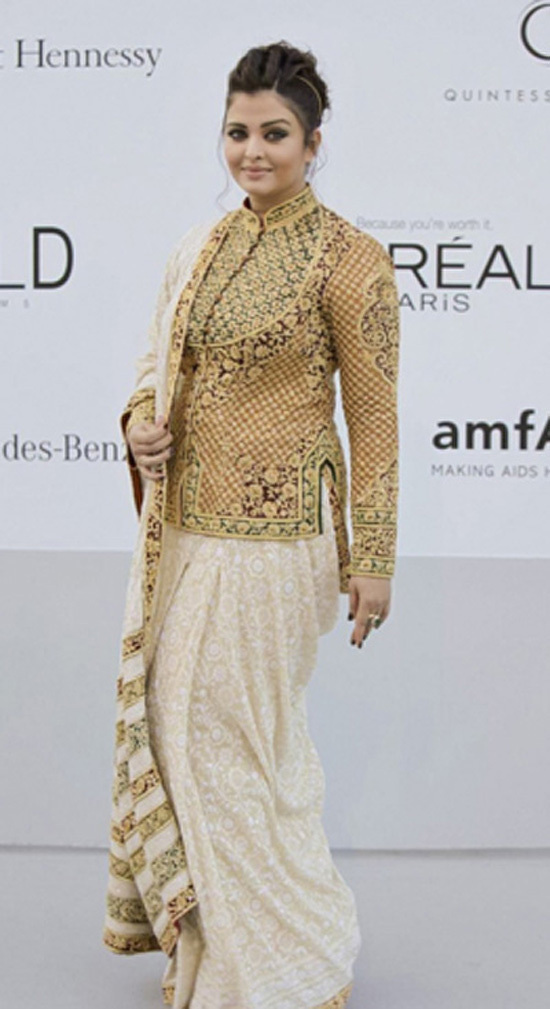
Wearing a sari for the first time can be a bit overwhelming, but with a little practice and patience, you can drape it perfectly. Here's a step-by-step guide on how to wear a sari for the first time:
Choose the sari: Pick a lightweight and easy-to-drape sari for your first time. You can choose a cotton or chiffon sari, as they are easy to manage.
Wear the blouse: Wear a well-fitted blouse, which complements your sari. Make sure it is comfortable and not too tight.
Wear the petticoat: Put on a matching petticoat and tie it tightly around your waist.
Tuck the sari: Take one end of the sari and tuck it into the petticoat at the center, slightly to the right of your navel. Make sure it is tightly tucked in.
Make pleats: Holding the sari with your left hand, start making pleats (around 5-7) of about 4-5 inches each. Tuck the pleats into the petticoat at the center, just below the navel.
Drape the sari: Now take the remaining fabric of the sari and drape it over your left shoulder, bringing it from the back to the front. Pin the sari to your blouse on your left shoulder.
Make the pallu: Take the pallu (the remaining part of the sari on your left shoulder) and pleat it neatly. Pin it to the back of your blouse.
Adjust the sari: Adjust the sari and pleats as needed to ensure that it is comfortable and draped correctly. You can also use safety pins to keep it in place.
Accessorize: Add some jewelry, bangles, and earrings to complete your sari look.
With these steps, you should be able to drape a sari perfectly for the first time. Remember, practice makes perfect, so don't be discouraged if it doesn't come out perfectly the first time. Keep trying and you'll soon master the art of wearing a sari.
Here are 10 unique ways to drape a sari:
Nivi style: This is the most popular and traditional way of draping a sari. The sari is draped over the left shoulder, then wrapped around the waist and tucked in at the back. The pallu (the decorative end of the sari) is then brought over the left shoulder and draped over the front.
Bengali style: In this style, the sari is draped in a way that the pallu is brought from the back to the front over the right shoulder, then draped over the left shoulder.

Gujarati style: The Gujarati sari drape involves pleating the sari at the front and then tucking it in at the back. The pallu is then draped over the right shoulder and brought to the front.
Maharashtrian style: In this style, the sari is draped in a dhoti-style, with the pallu draped over the left shoulder.
Tamilian style: The Tamilian sari drape is similar to the Nivi style, but the pleats are tucked at the back instead of the front.
Mumtaz style: Named after the famous Bollywood actress Mumtaz, this style involves draping the sari in a way that the pallu is wrapped around the waist twice before being draped over the left shoulder.

Mermaid style: This style involves tucking in the sari at the back, and then draping the pallu over the right shoulder, giving it a mermaid-like look.
Butterfly style: In this style, the sari is draped in a way that the pallu is pinned to the left shoulder, and then the rest of the sari is draped in a butterfly shape around the waist.
Lehenga style: In this style, the sari is draped in a way that it resembles a lehenga skirt, with the pallu draped over the left shoulder.
Half sari style: This style involves draping the sari in a way that it resembles a half sari, with the pallu draped over the left shoulder, and the rest of the sari wrapped around the waist.







